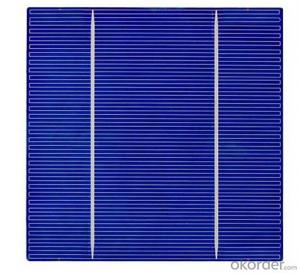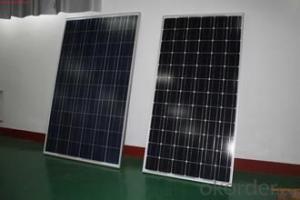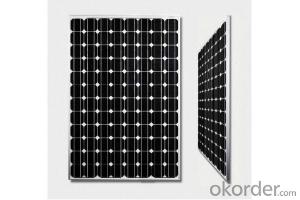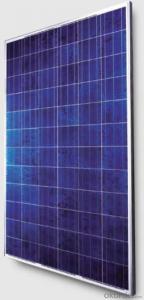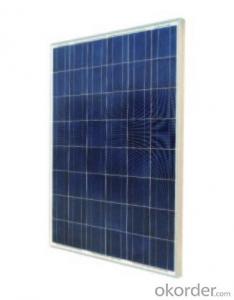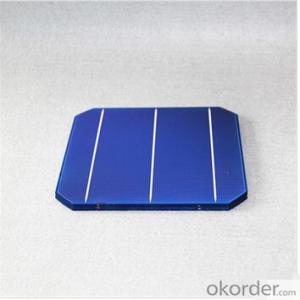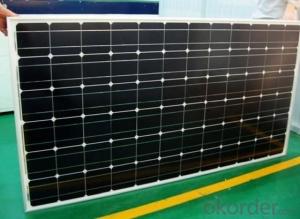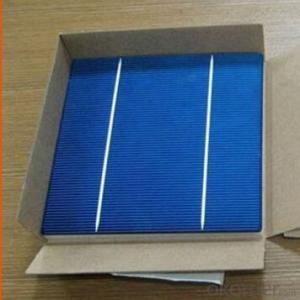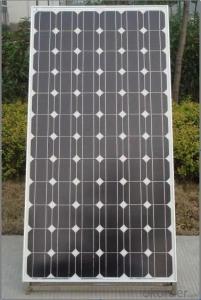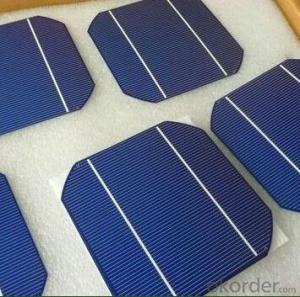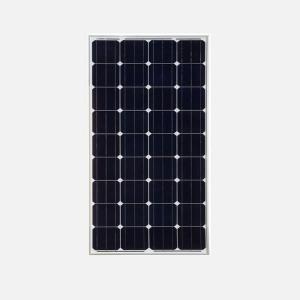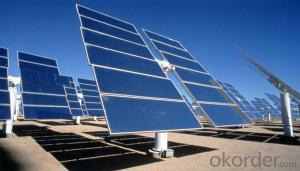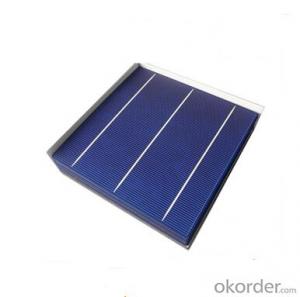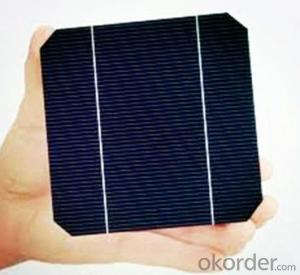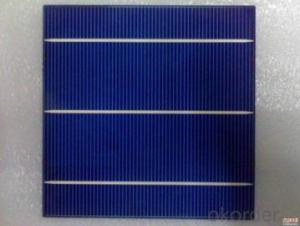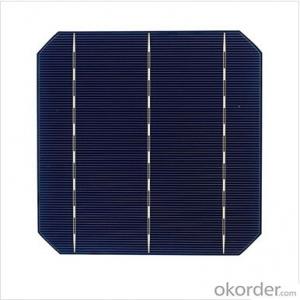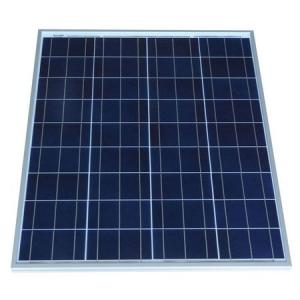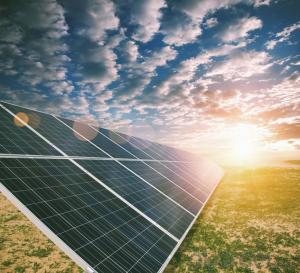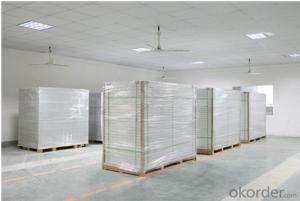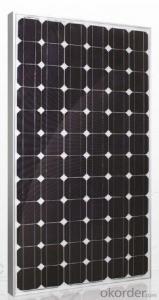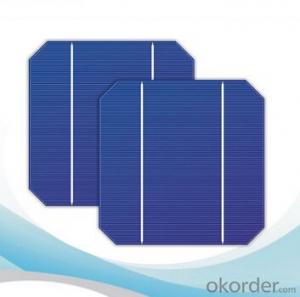Monocrystalline Vs Polycrystalline Solar Cells
Monocrystalline Vs Polycrystalline Solar Cells Related Searches
Monocrystalline Solar Cells Bulk Monocrystalline Solar Module Polycrystalline Solar Module Crystalline Solar Cells Polymer Solar Cells Polymer Based Solar Cells Solar Module Comparison Multilayer Solar Cells 3 Types Of Solar Cells Common Types Of Solar Cells Photovoltaic Solar Cells Mono Half Cell Solar Module Best Solar Cells Mono City Solar Cell Mono Solar Module Best Type Of Solar Cells Best Solar Cells To Buy Facts About Solar Cells Cons Of Solar Cells Low Cost Solar Cells Multiband Solar Cells Buy Solar Cells Purchase Solar Cells Poly Solar Module Multi Junction Solar Cells Multijunction Solar Cells Low Light Solar Cells Cost Of Solar Cells Better Solar Cells Cheap Solar CellsMonocrystalline Vs Polycrystalline Solar Cells Supplier & Manufacturer from China
Monocrystalline and polycrystalline solar cells are two types of photovoltaic cells that convert sunlight into electricity. Monocrystalline solar cells are made from a single crystal of silicon, while polycrystalline solar cells are made from multiple silicon crystals. These products are widely used in various applications, such as residential, commercial, and utility-scale solar power systems, due to their efficiency in harnessing solar energy.Monocrystalline solar cells are known for their higher efficiency and better performance in low-light conditions compared to polycrystalline solar cells. This makes them ideal for installations where space is limited, as they can produce more power per unit area. On the other hand, polycrystalline solar cells are more cost-effective and easier to manufacture, making them a popular choice for large-scale solar projects and areas with ample space. Both types of solar cells play a crucial role in meeting the growing demand for clean and renewable energy sources.
Okorder.com is a leading wholesale supplier of Monocrystalline Vs Polycrystalline Solar Cells, offering a vast inventory of high-quality products to cater to the needs of various industries and applications. With a strong commitment to customer satisfaction, Okorder.com ensures that clients receive the best possible products at competitive prices, making it a reliable choice for sourcing solar cells.
Hot Products

